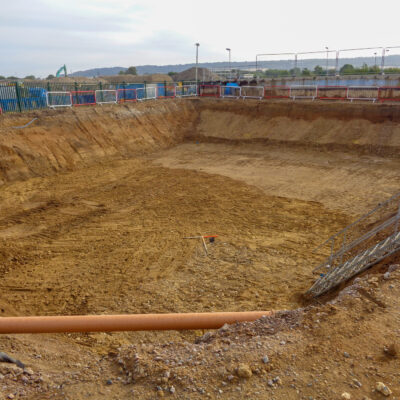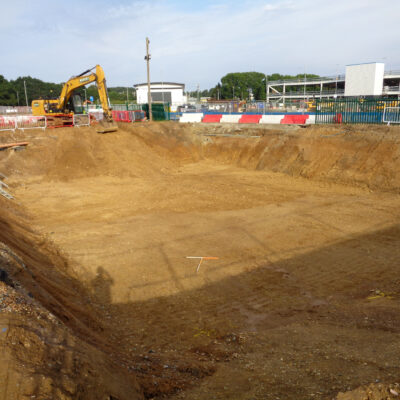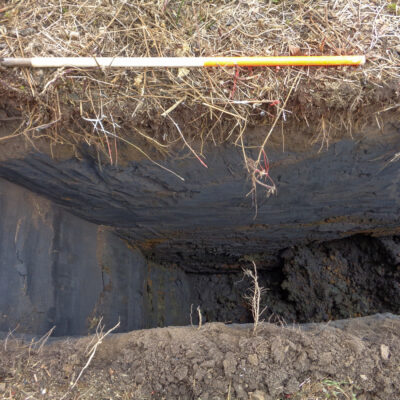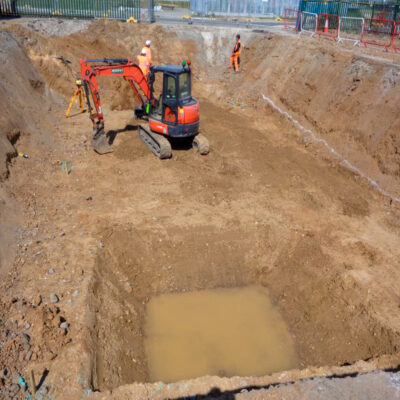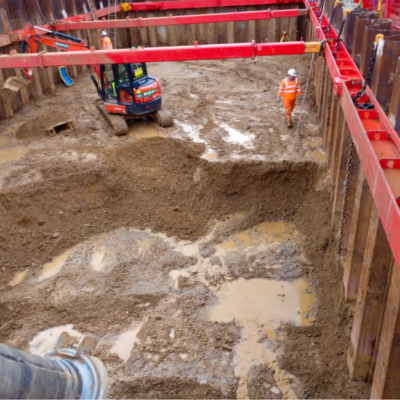Archaeological Observation, Aylesford, Kent
Archaeological Observation on the excavation of a new Treatment Building, Contact Tank / Sedimentation Tank, Car Parking and associated infrastructure.
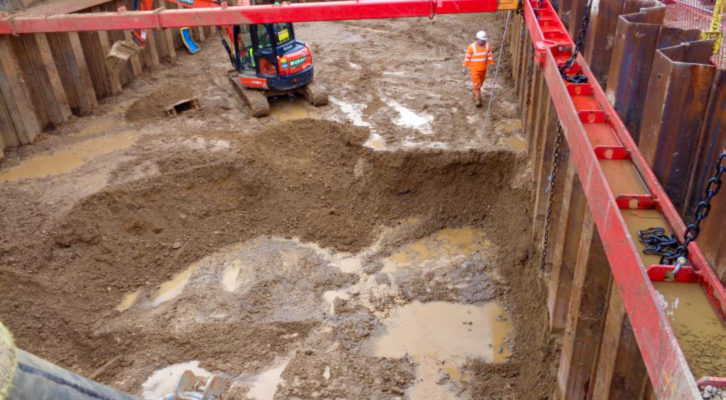
In Brief
Heritage Statement
Written Scheme of Investigation
Geoarchaeological Watching Brief
Archaeological Watching Brief (Archaeological Observation)
Key Points
- Programme of archaeological works
- Palaeolithic and Pleistocene Geoarchaeological watching brief, undertaken by BA and staff from Quaternary Scientific (Quest), University of Reading, as the site lies within Area K1 identified in the Medway Valley Palaeolithic Project (MVPP).
- Sand and gravels, likely representative of Terrace 1 River Terrace Deposits and dating to the Late Devensian / Early Holocene period were identified.
- Much disturbance recorded, which was associated with the sites previous use as a paper mill, namely the Albert E. Reed & Co Ltd, Aylesford Paper Mills.
Summary
We were commissioned by South East Water to undertake Archaeological Observation (AO; controlled Watching Brief) of groundworks in respect of the installation of a new Treatment Building and associated infrastructure at Butler Water Treatment Works: Area A, Ditton, Aylesford, Kent.
Results
Works conducted in Area A predominantly took place to the southwest of the water reservoir, with supporting pipeline infrastructure across the rest of the Area.
A total of 9 Trial Pits and 30 foundation pits were excavated within the footprint of the Treatment Building in addition to a UV Room and Outlet Pit. Several pipeline trenches were excavated to connect the pits within the building’s footprint. Drainage trenches were also observed.
Several large trenches were excavated for the Backwash Tank (32m × 17m × 3.5m bgl), GAC Filters Tank (5m × 17m × 2.4m bgl), the Contact Tank (20m × 30m × 3m bgl) and the Sedimentation Tank (11m × 23m × 6.80m bgl).
The programme of AO confirmed the presence of natural substrate at a level of 0.50m to 0.80m bgl across the entirety of Area A. Modern made-ground was observed overlying the natural deposits, with much of the Area disturbed from the Site’s previous use as a papermill. No archaeological features or finds were encountered during the programme of works.
The geoarchaeological watching brief confirmed the presence of sand and gravels most likely representative of Terrace 1 River Terrace Deposits and dating to the Late Devensian / Early Holocene period. Large amounts of sandstone may represent a transition towards the weathered surface of the bedrock, which may be Folkestone Formation rather than the mapped Hythe Beds.

